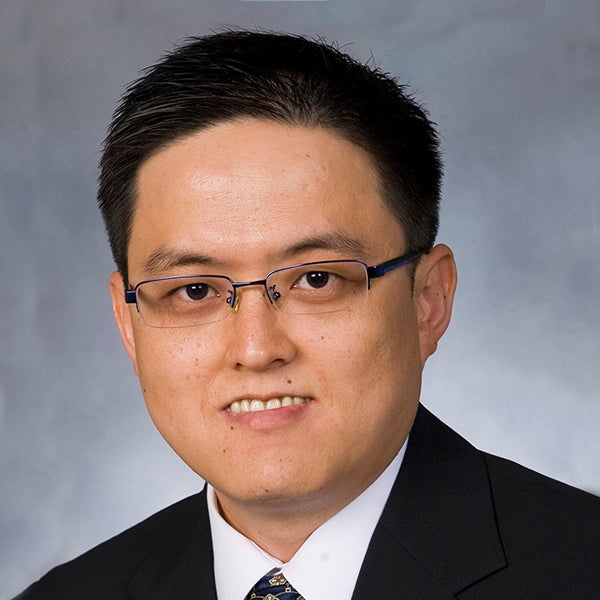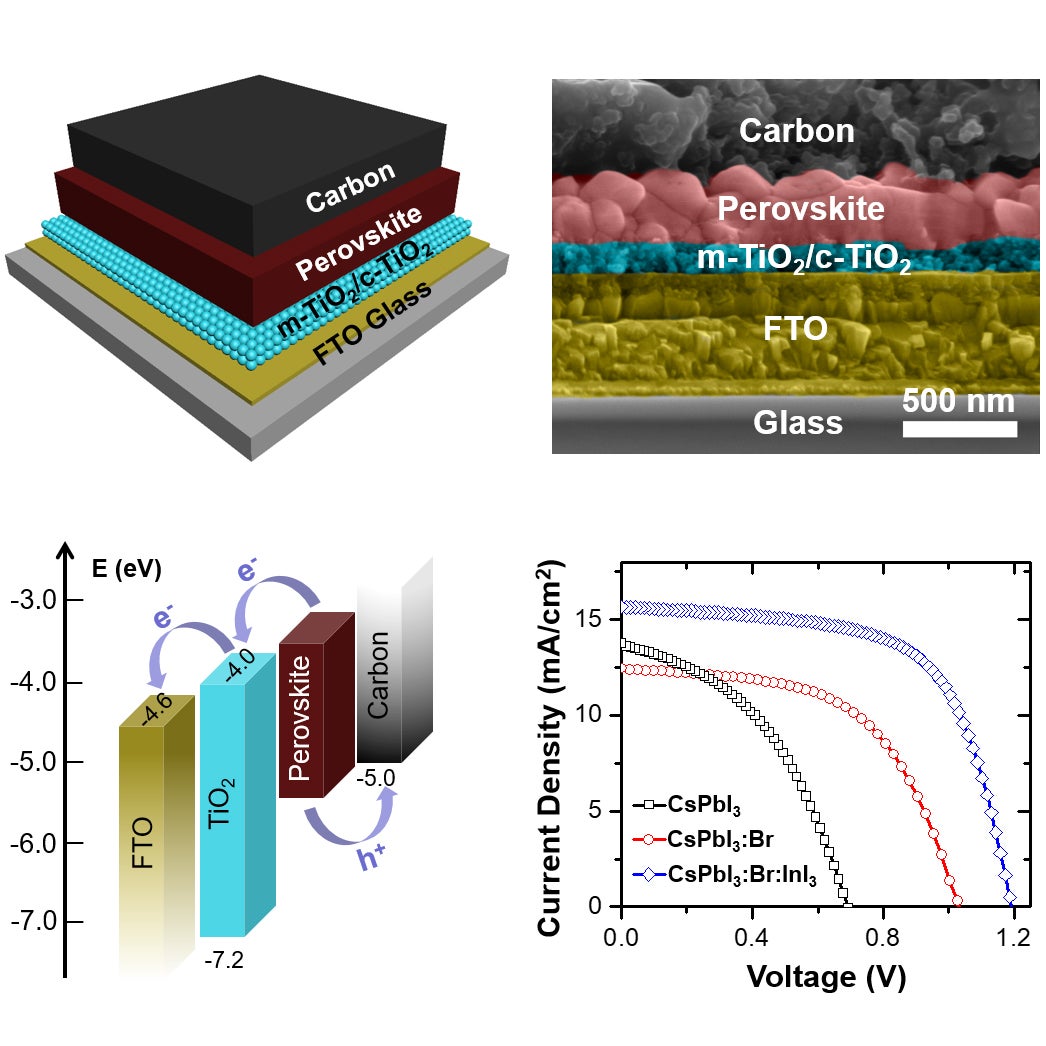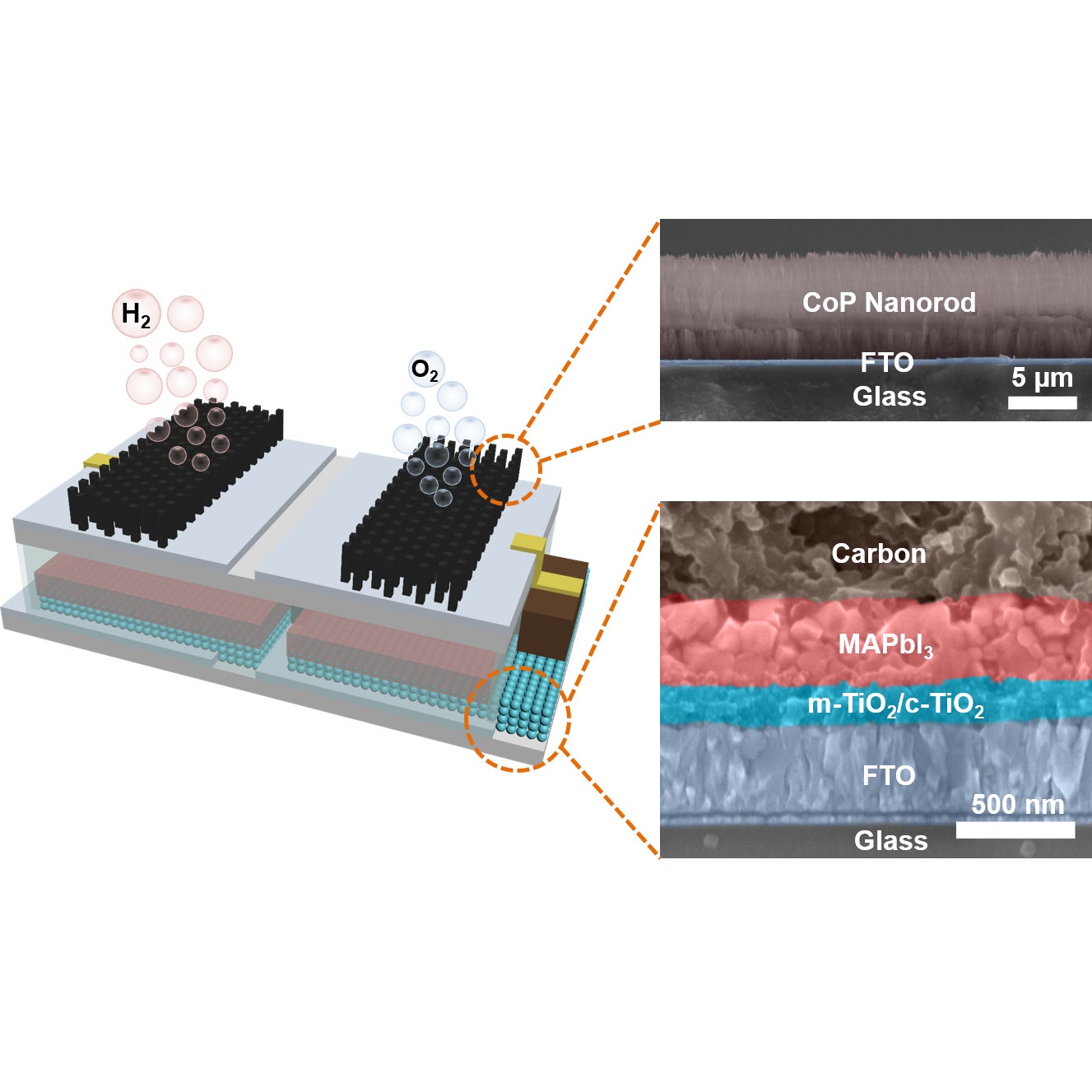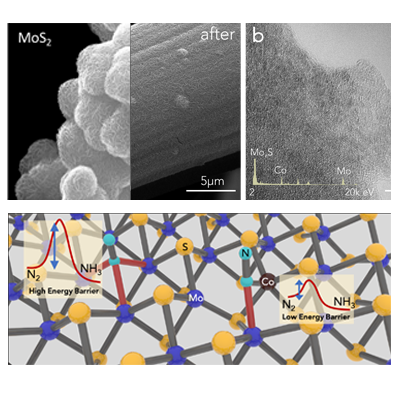Dr. Lou is Associate Chair of the Department of Materials Science and NanoEngineering. He obtained his B.E. and M.S. degrees in Materials Science and Engineering from Tsinghua University and Ohio State University, respectively, and his Ph.D. degree from the Department of Mechanical Engineering and Aerospace Engineering and Princeton Materials Institute at Princeton University. He then did his postdoctoral research in the Brown/GM collaborative research center at Brown University before joining Rice University.

Research Areas
Dr. Lou's research interests include nanomaterial synthesis, nanomechanical characterization and nanodevice fabrication for energy, environment and biomedical applications.



Industry Impact & Relevance
He currently serves as the site director for the NSF industry university collaborative research center (IUCRC) of Atomically Thin Multifunctional Coatings (ATOMIC), exploring potential applications of 2D materials in different industries with commercial partners.
Education
2004 PhD in Materials Science, Princeton University
2000 M.S. in Materials Science and Engineering, The Ohio State University
1998 B.E. in Materials Science and Engineering, Tsinghua University
Advisory Role
Rice Faculty Senator
Rice Advanced Materials Institute Steering Committee
Teaching Areas
Materials Science
Multi-Scale Mechanical Behavior of Materials
Characterization and Microscopy Methods
Nanomaterials
Nanomechanics
Societies & Organizations
Editor-in-Chief, Materials Today
Honors & Awards
2019: Clarivate Analytics Highly Cited Researchers in Materials Science
2018: Clarivate Analytics Highly Cited Researchers in Cross-Field
2015: Hamill IBB Innovations Award
2015: Charles Duncan, Jr. Award for Outstanding Academic Achievement
